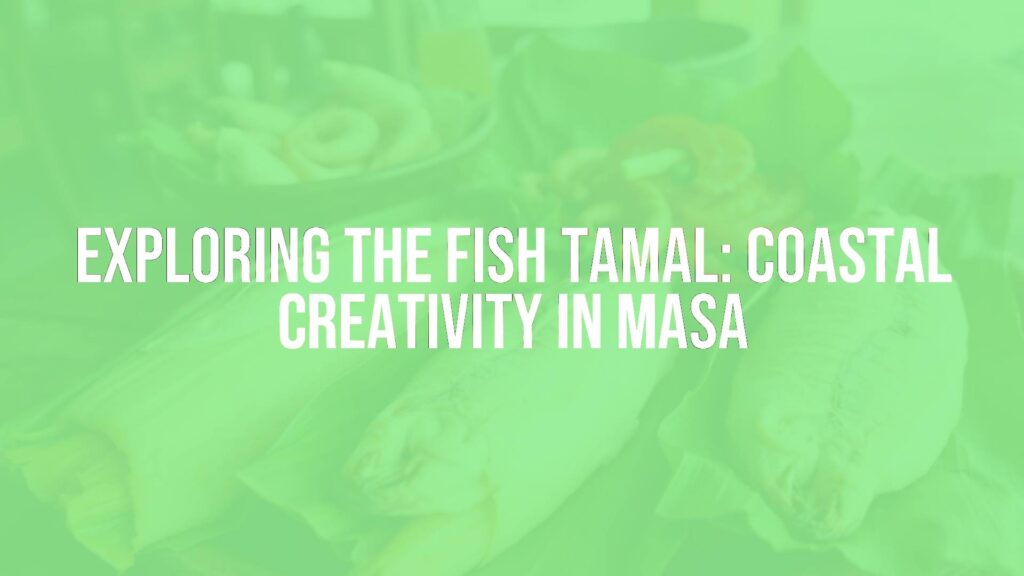Introduction to the Fish Tamal
The fish tamal stands out as a unique and flavorful interpretation of the traditional tamal, reflecting the culinary traditions of coastal communities throughout Latin America. Incorporating fresh seafood in place of the more common poultry or pork, the fish tamal brings together the comforting texture of masa with the delicate taste of the sea, resulting in a dish prized for its lightness, subtlety, and depth of flavor.
Distinctive Qualities and Regional Roots
Unlike standard tamales, which often revolve around robust, meaty fillings, fish tamales are characterized by their gentle yet complex flavor profile. They are especially popular in regions near the Pacific and Caribbean coasts—such as Veracruz in Mexico and various areas of Central America—where access to fresh fish is an everyday reality. The dish is deeply connected to fishing communities, frequently enjoyed during local festivals and holidays tied to the sea.
Key Ingredients and Typical Composition
At its core, a fish tamal features a mixture of corn masa that encases a savory filling of seasoned fish, commonly white-fleshed varieties like tilapia, bass, or snapper. The fish is typically cooked with aromatic ingredients such as tomatoes, onions, garlic, and sometimes cilantro or epazote for a touch of herbaceousness. Green olives, capers, or raisins may be added in regions influenced by Spanish culinary traditions, lending complexity to the filling. The tamal is wrapped, most frequently in banana leaves, which not only protect the contents during steaming but also impart a subtle earthiness and a visually striking presentation.
Texture, Flavor, and Appearance
Fish tamales are known for their moist, delicate masa and the tender, flaky texture of the cooked fish inside. The flavor is gentle but aromatic, often accented with citrus, chiles, or fresh herbs to enhance the natural sweetness of the seafood. Visually, the banana leaf wrapping delivers a glossy, deep green package that, when unfolded, reveals the pale masa and inviting aroma of the filling.
Variations and Ingredient Adaptations
Across Latin America, the fish tamal appears in several forms. In Mexico’s Veracruz, tamales de pescado frequently incorporate chipotle or other mild chiles and are sometimes paired with a tomato-based sauce. In Central America, coconut milk may be mixed into the masa or filling to evoke Caribbean influences. Variations also replace whole fish fillets with ground fish, seafood blends, or even shrimp. For those looking for substitutions, firm tofu or heart-of-palm can stand in for fish for a plant-based version, though the nuanced flavor of fresh seafood remains integral to the traditional experience.
Serving Suggestions and Pairings
Fish tamales are typically enjoyed as a main course, often accompanied by light salads, grilled vegetables, or pickled onions to add brightness. They pair beautifully with refreshing beverages such as aguas frescas (especially those made with lime or tamarind), light pilsner-style beers, or crisp white wines like Sauvignon Blanc. For a complete meal, they may be served alongside rice or a zesty salsa, highlighting the balance of land and sea inherent in this coastal comfort food.
Conclusion
The fish tamal embodies a creative adaptation of the classic tamal, embracing the bounty of coastal regions while preserving the comforting traditions of masa-based cookery. Whether enjoyed on a festive occasion or as a taste of everyday coastal life, it offers a flavorful journey into the heart of Latin American culinary heritage.

